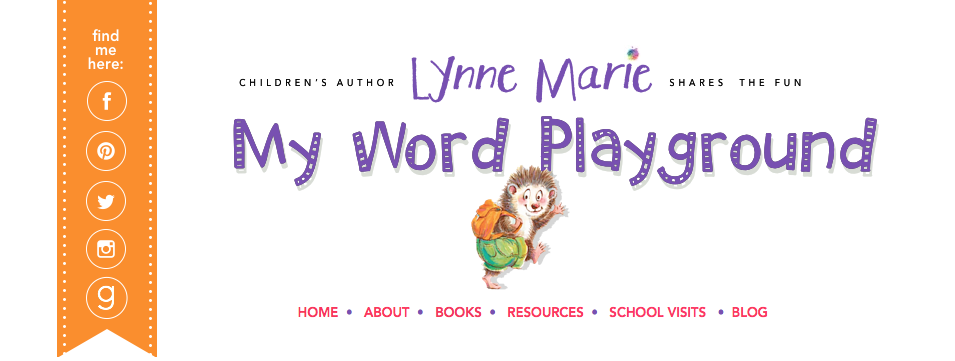 I am an
active advocate for writing exercises and for creative play. It’s the same
mentality behind stretching before you run, work out, play sports, fight bulls,
and/or engage in long-distance competitive yo-yo relay sled races – it gets you
limber, loosens the creative muscles. Besides that, they’re just plain fun.
I am an
active advocate for writing exercises and for creative play. It’s the same
mentality behind stretching before you run, work out, play sports, fight bulls,
and/or engage in long-distance competitive yo-yo relay sled races – it gets you
limber, loosens the creative muscles. Besides that, they’re just plain fun.
The very
act of writing, of storytelling, is magical. Think about it: We take letters,
form them into words, and string those words into sentences, that when all put
into some kind of sequence, create dynamic characters, compelling worlds, and
fascinating stories. THAT is magic; a form of alchemy.
But there
is another kind of magic that happens when we create stories. Stories often
begin as tiny seeds, or little sparks, embers of something that flittered
through our space and, once nestled into the womb of our imaginations, grow and
develop. We are surrounded by stories, or story material – characters and
places and conflict and imagery – that offer interesting paths to pursue. It’s
like finding the end of a ball of yarn and unraveling it, pull by pull….only in
reverse.
So, here’s
what I mean….here’s the prompt to practice the art of what I like to define as
“telescoping.” We’re going to start small, at the micro level, and work our way
out. This is an excellent way to find and develop stories – start small and
work outward. It begins with a bumper
sticker….
Have a
friend, or family member, or your pizza delivery person (if you have neither
friends or family) tell you, text you, email you two bumper stickers they have
seen or happen to like or remember. They should tell you NOTHING about the
vehicle it was on, or the person who drove said vehicle. This is important. NO
details. Bumper stickers only. The details are your job.
Starting
with one of the bumper stickers, begin with what kind of vehicle YOU think it
might be on. Then begin to define it, starting with the exterior. Is it a
rusted old Jeep, or a new Camry? What color? Dents or scratches? Broken tail
light? Grungy Teddy Bear tied to the grill with barbed wire? What does it look
like inside? Sombrero in the back window? Take out wrappers all over the floor?
Nursing school textbooks spilled across the back seat? Does it smell like sour
milk or strawberry air freshener? What’s on the radio? Loose change in the cup
holder? Where did it come from? What did the driver buy last that produced the
change? Follow the yarn…ask questions…ask questions based off of the answers to
the previous questions.
Then, move
to the driver. Who are they? Start with the easy things: Age, gender, outward
appearance. Then go deeper. What are their mannerisms? Behaviors? Who are the
people in their lives? Where are they going? Why? What is their history? Their fear? Their desire? Their problem? Keep building off of everything you discover along the way. Instead of peeling layers away from the onion, you are adding layers.
Then, do
the same process all over for the second bumper sticker. Have fun with it. Play
with juxtaposition and possibility. Let your imagination loose. Once you have
developed two complete characters, and the vehicles they are driving, see where
their stories Venn. Where do their paths cross and what develops when they
meet? How do their arcs collide and what story is produced as a result of this
character mash-up? You may be surprised to discover an entire story waiting to
be told simply by rolling these bumper sticker snowballs down the hill and
watching them grow.
At the very
least, you’ll practice the art of developing ideas and fanning the flames of
idea minutiae. We are surrounded by story potential. All you have to do is take
hold of the string and start pulling…you may be surprised to discover where it
takes you.
This kind of thing can be done with anything: start small and build outward. What is in the envelope? What text did that man on the bus just read? Who owned that mud-splattered doll on the side of the road?
Remember….story is in the details.
Joe
McGee is the author of Peanut Butter& Brains: A Zombie Culinary Tale (Abrams, 2015), a picture book about
being true to yourself and following your heart. He teaches writing at Rowan
University and at Sierra Nevada College, where he is faculty in the
low-residency Writing for Children & Young Adult MFA program. He has his MA
in Writing from Rowan University and his MFA in Writing for Children & Young
Adults from the Vermont College of Fine Arts. He is represented by Linda
Epstein, of the Jennifer DeChiara Literary Agency. You can find him at
joemcgeeauthor.com or on Twitter, @mcgeejp



















































